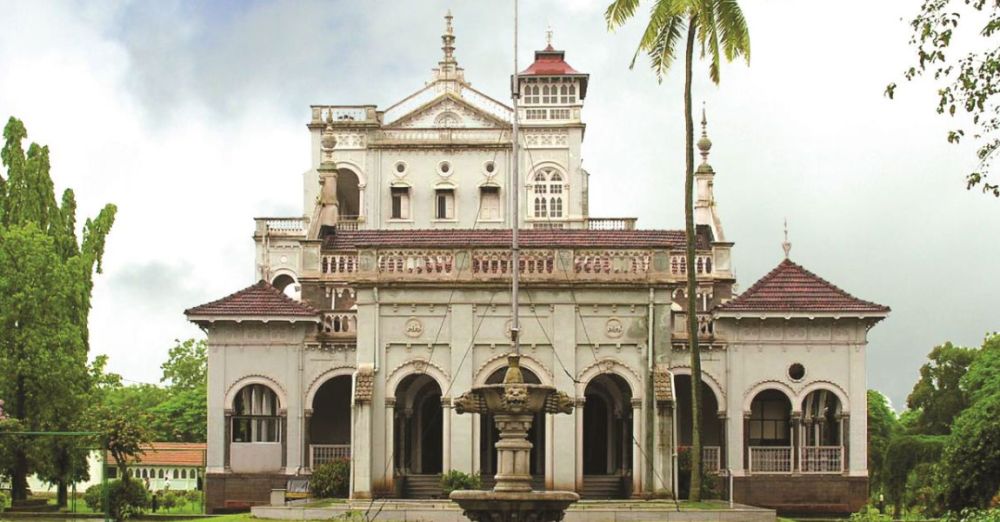

The Aga Khan Palace in Pune, Maharashtra, India, stands not only as a splendid piece of architectural beauty but also as a historical landmark with significant ties to the Indian freedom struggle. Built in 1892 by Sultan Muhammed Shah Aga Khan III, this grand building initially aimed to provide employment to the famine-stricken villagers in the surrounding areas. Over time, the palace gained prominence due to its close association with the Indian Freedom Movement.
The Aga Khan Palace holds a poignant place in the annals of Indian history as it served as a prison for Mahatma Gandhi, his wife Kasturba Gandhi, and his secretary Mahadev Desai during the Quit India Movement in 1942. Both Kasturba Gandhi and Mahadev Desai breathed their last within its walls, making it a site of reverence for many.
Since then, the palace has been a silent witness to the tumultuous period that led to India's independence from British rule. In 1969, it was graciously donated to the Indian people by Aga Khan IV during the Gandhi Centenary Celebration. It has since been declared as a monument of national importance by the Archaeological Survey of India.
For decades, the Aga Khan Palace has been a magnet for tourists from across the world. The palace's serene gardens, spacious corridors, and historical photo exhibits offer a retrospective journey into a crucial chapter of Indian history. Visitors can explore the rooms where Gandhi and others spent their days, which have been preserved to showcase the palace's historical legacy.
The venue also houses a small museum that displays personal items used by Mahatma Gandhi, including his writing desk, footwear, and attire, making it a pilgrimage site for many Gandhian followers. In addition, the samadhis (memorials) of Kasturba Gandhi and Mahadev Desai in the palace precincts are visited by countless people seeking to pay their respects.
In recent years, the tourism landscape at the Aga Khan Palace has seen changes, with more interactive and educational experiences being offered to guests. Digital guides and audio-visual presentations have been introduced to provide a more immersive understanding of the palace's history and significance.
Environmental sustainability and responsible tourism are also being emphasized, with efforts to maintain the green space around the palace and engage visitors in awareness programs. The promotion of local handicrafts and arts within the premises aids in supporting the regional economy.
Tourism authorities and management have also been leveraging social media and online platforms to promote the Aga Khan Palace, reaching out to a global audience and inspiring a younger generation to learn more about Gandhi's legacy and India's freedom movement.
The Aga Khan Palace is open throughout the year and is easily accessible from all parts of Pune city. With its rich past and tranquil surroundings, the palace invites visitors to explore a significant site of India's journey to independence and experience the peace and principles that Mahatma Gandhi championed.
As a beacon of historical tourism in Maharashtra, the palace remains an exemplary model of how historical sites can be preserved and interpreted in ways that resonate across cultures and time.